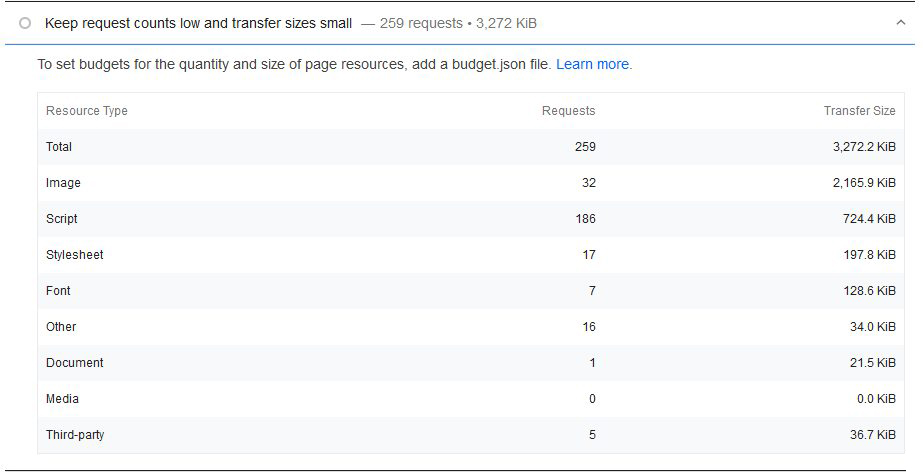Keep Request Counts Low and Transfer Sizes Small in Shopify Optimization
Using Pagespeed Insight it will recommend keep requests counts Low and Transfer sizes small because Heavy page resources and large transfer sizes harm your website.
The goal is to help you identify the most significant resources using bandwidth to know what may cause bad performance.
In this article, we will explore the significance of request counts and transfer sizes and provide valuable tips to optimize your Shopify site for optimal performance.
- The Impact of Request Counts
- The Role of Transfer Sizes
The Impact of Request Counts
- Whenever a web page is loaded, the browser requests multiple resources such as HTML, CSS, JavaScript files, images, and fonts.
- These requests are executed dynamically, with each additional request taking up valuable time and resources.
- As the number of requests increases, the overall load time and performance of your website are adversely affected.
To reduce the request counts, you can employ several techniques. One effective method is to consolidate multiple CSS and JavaScript files into a single file, eliminating the need for numerous requests. Additionally, compressing and minifying your files can significantly reduce their size, reducing the number of requests needed to load them.
The Role of Transfer Sizes
- Transfer sizes refer to the size of the files being transferred from the server to the user’s browser.
- Larger file sizes increase the time required for the browser to download and render the page.
- Images are often an important aspect when it comes to large transfer sizes. Optimizing images by compressing them without sacrificing quality is crucial for a speedy website.
Several image compression techniques can be implemented to minimize transfer sizes. These include choosing the appropriate file format (JPEG, PNG, or GIF), resizing images to the required dimensions, and using image optimization tools or plugins specifically designed for Shopify. By reducing image file sizes, you can significantly improve the overall performance of your Shopify site.
In conclusion, optimizing your shopify store for fast loading times is essential for a successful online business. By keeping request counts low and transfer sizes small, you can ensure that your website is responsive and user-friendly. Through techniques such as image optimization, combining and minifying files leveraging browser caching, and utilizing a CDN.





